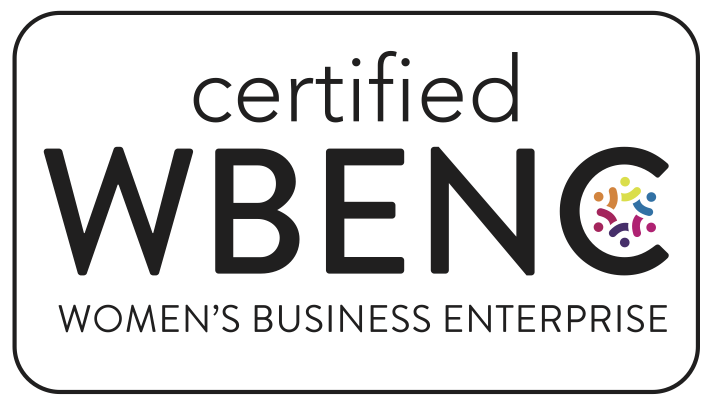Learning & Development
How to Make Virtual Live Courses Engaging and Effective
When it comes to professional development and leadership courses, it's often the case that the most memorable learning experiences come not from the curriculum but from the interactions among the participants. That's why the most successful learning programs usually have a strong, in-person component. Unfortunately, the COVID-19 pandemic has limited that option and forced companies to rethink how to do their training.
How Microlearning Can Help Businesses
Professional development and training can yield huge benefits, which is one reason why 94 percent of employees want to work at companies that offer such opportunities.1 However, a heavy workload may discourage the development of new skills: when employees feel they have to complete projects first, training can take a back seat. Microlearning is one option that can help workers (and organizations) strike a balance between learning and work obligations. Because it helps employers offer more training in less time, microlearning can provide the kind of development employees want without cutting into their work time and without requiring companies to invest in pricy corporate training sessions.
How Skills Initiatives Can Benefit Manufacturers
The need for skilled labor is an escalating concern for manufacturers. Not only does the low unemployment rate make it harder to find workers, but today's manufacturing jobs require very different skills from jobs of just a decade ago. The embedding of digital tools and technology in manufacturing (a transformation sometimes referred to as Industry 4.0) has necessitated a shift in the skills workers need to be successful.
Some manufacturers are turning to one type of workforce training program, skills initiatives, as a solution.
What Companies Get Wrong About Reskilling
Thanks to the effects of AI and automation, an estimated 375 million workers may need to switch jobs by 2030. These changes will surely reshape the working world, but the outlook isn't all doom and gloom. Companies can have some control by proactively preparing their workforces through "reskilling (learning new skills for a new position) or upskilling (learning current tasks more deeply)." Unfortunately, although business leaders and employees alike are well aware of the impending digital revolution, most executives have not yet started such preparations or are simply getting it wrong. ReWork recently chatted with Vikita Poindexter, the owner of Poindexter Consulting Group (a full-service human resource consulting firm), and asked her to explain the crucial missteps that organizations are taking and what they should be doing to prepare their workforces for the future work scene.
Bridging the Manufacturing Skills Gap on the Plant Floor
The skills gap that has plagued the manufacturing industry for the past several years shows no signs of disappearing any time soon. Unfortunately, the lack of skilled candidates puts high pressures on consumers, existing technologies, engineers, current workers, and oversight. If they want to avoid the dangers and profit losses that accompany those pressures, organizations that operate in factory settings need to develop strategies in a few key areas as they work to close their skills gaps.






